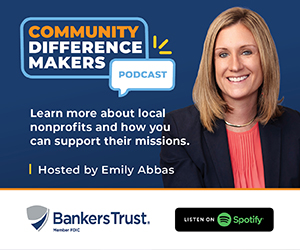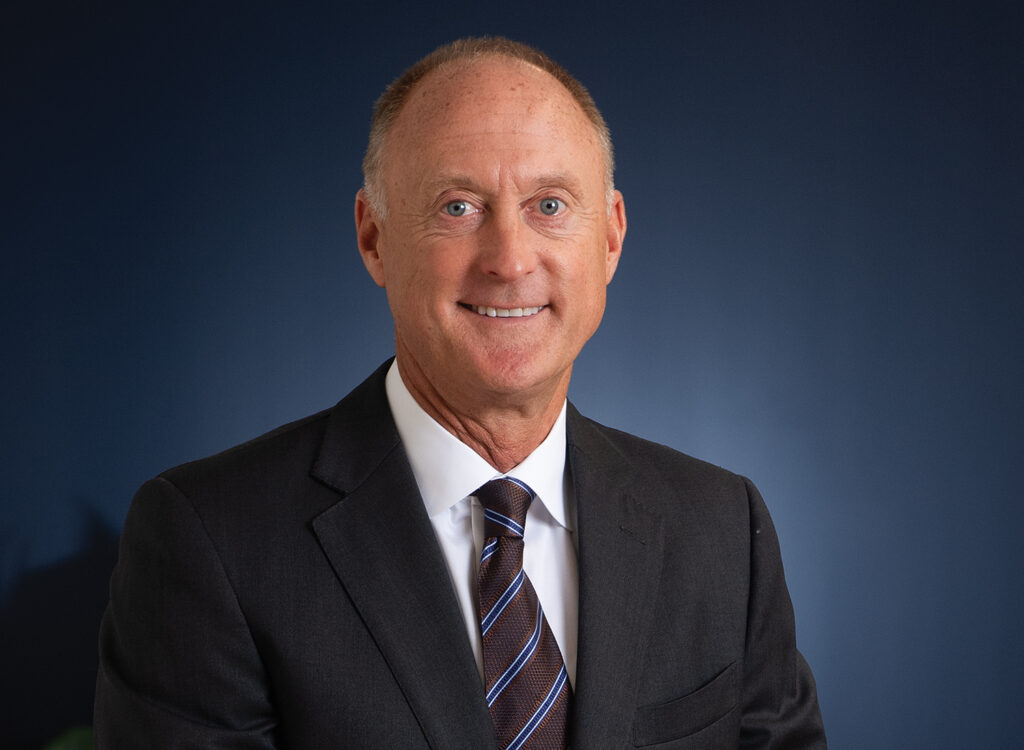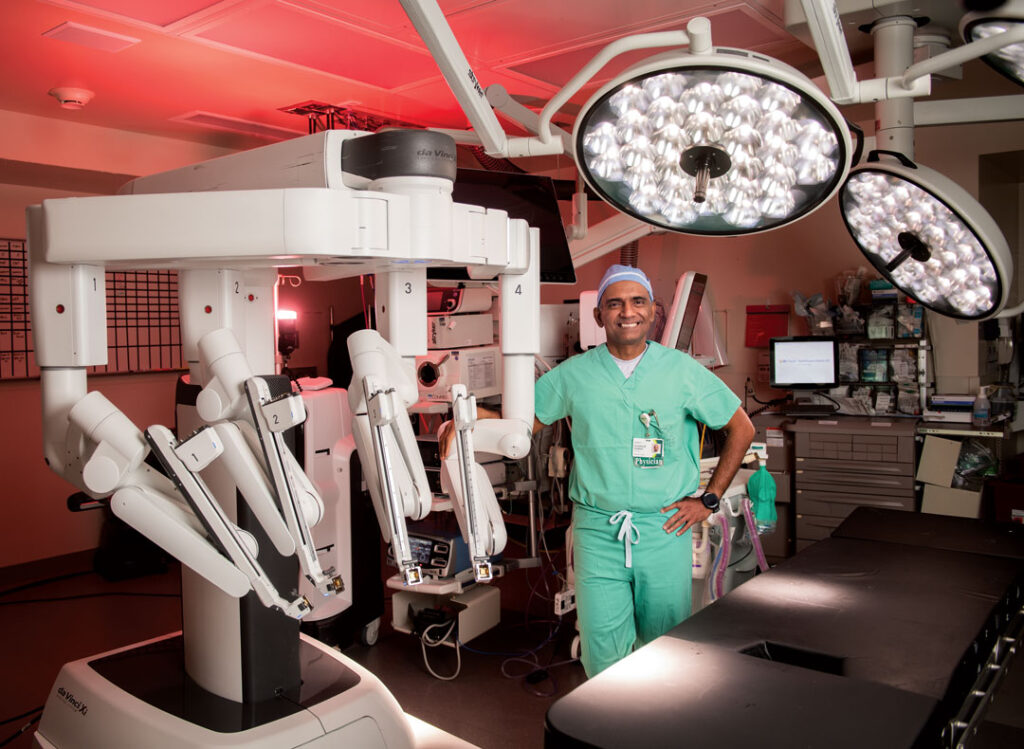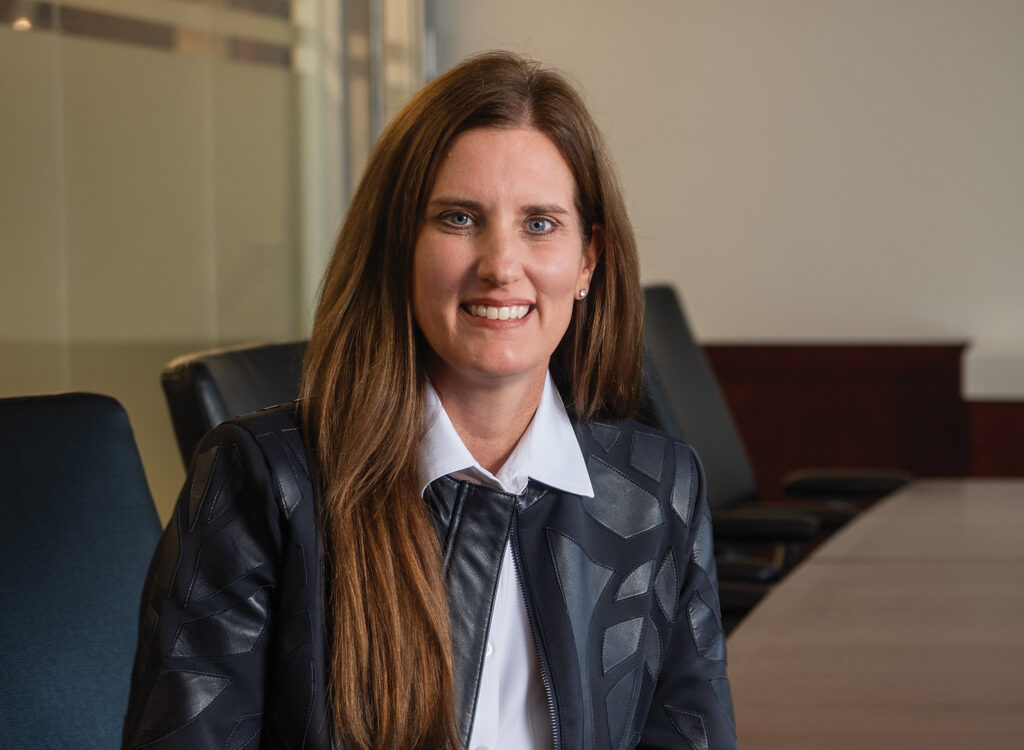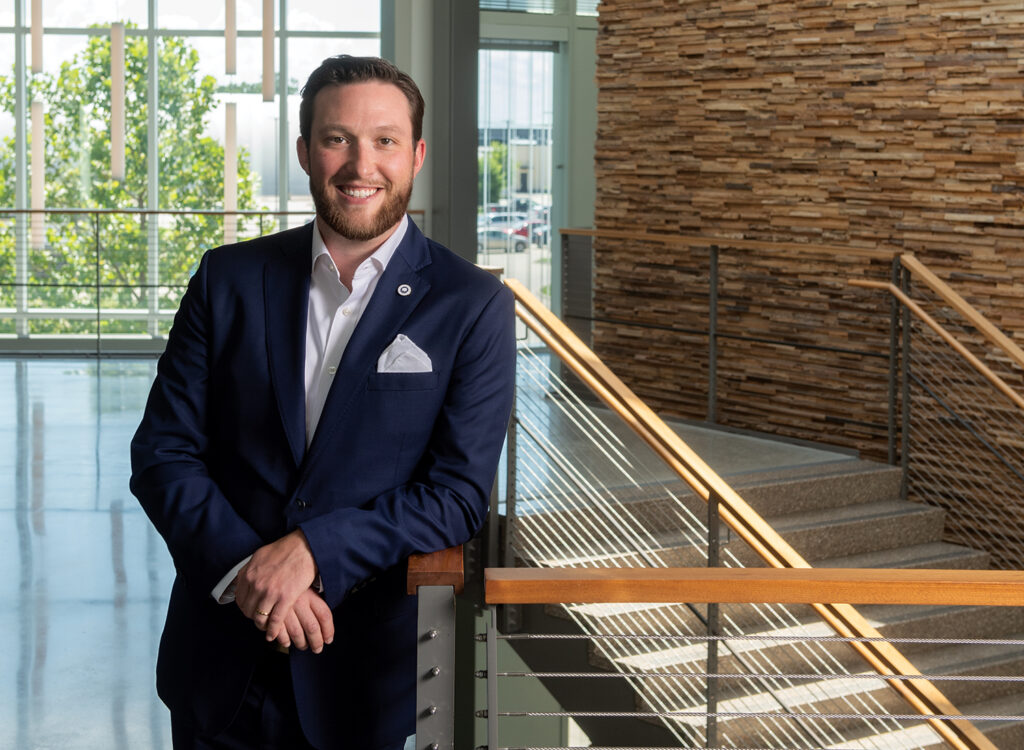A good cocktail for M&As
Higher leverage, low rates mix to keep strong M&A climate in 2016

JOE GARDYASZ Feb 26, 2016 | 12:00 pm
10 min read time
2,267 wordsBanking and Finance, Business Record InsiderNewly announced mergers and acquisitions, ranging from megadeals like the Dow Chemical Co.-DuPont Co. merger to local deals joining Iowa-based companies, made Iowa headlines throughout 2015.
Among the deals were some big acquisitions by foreign-based insurers of U.S. insurance companies, including the purchase of Fidelity & Guaranty Life by Chinese-based Anbang Insurance and the purchase of Symetra Life by Japanese-based Sumitomo Life.
There were also numerous regional deals. November was a particularly busy month with at least a half-dozen mergers or acquisitions announced, ranging from Deere & Co.’s agreement to buy Precision Planting LLC and Mittera Group Inc.’s acquisition of Pioneer Graphics in Waterloo, to Gannett Co. Inc.’s purchase of the Milwaukee Journal Sentinel’s owner.
There were also big deals that were announced and then fell through, like the proposed acquisition of Meredith Corp. by Media General Inc.
So in the wake of a remarkable year of merger and acquisition deals in 2015, what’s ahead for Iowa companies in 2016?
The appetite for M&A deals will continue at a strong pace in the United States and Iowa, though prospective buyers will exercise more caution in 2016, say local experts. Although demand for deals in 2016 may not be as high as 2015 levels, high-quality acquisition targets will definitely be in demand.
Globally, M&A activity is projected to continue to rise, from $2.7 trillion in 2015 to $3 trillion this year and $3.4 trillion in 2017, according to the Baker & McKenzie Global Transactions Report released last fall. The global consulting company said in late 2015 that many U.S. and European companies have accumulated large cash balances for acquiring new businesses.
“In our forecast, we do not expect the transaction peaks in 2017 and 2018 to be as high as those before the global financial crisis, as we are not experiencing the same bubble-like conditions prior to 2007,” the report said.
From the Belin McCormick P.C. law firm’s perspective, “2015 was the best year we ever had for deals, and it was across a broad cross section of the market, which is unusual,” said Steve Zumbach, a partner in the firm. The firm’s clients for merger and acquisition deals are primarily closely held Iowa-based companies.
“They were strategic acquisitions and not forced (by economic conditions),” Zumbach said, adding that he could not divulge any of the clients’ names. “Professionally, it’s a lot more fun doing deals that are strategic and you’re building something, rather than trying to take the pieces that are left to try to preserve some value.”
Zumbach observed that the winds of economic change were already shifting by the end of 2015, however.
“Although we did a lot of deals, several didn’t get done toward the end of the year, in part because of lack of confidence,” he said. “And as we move into the new year, there is further evidence that may be true.”
Even though the U.S. economy is solid for the most part, it will be affected by the global economy like never before, which concerns Zumbach.
“When I started working in 1977, if China had a hiccup or even an economic calamity, the impact on the U.S. economy would have been nominal; that’s no longer the case,” he said. “The conventional thinking we’ve grown reliant upon to control our own destinies is no longer true. What’s happening in other parts of the world has huge impacts in the United States. That’s a fundamental difference.”
Higher leverage and lower interest rates mixed for a good M&A “cocktail,” said Eric Lohmeier, president of NCP Inc., and those combined for a record year for deals for his firm in 2015.
NCP recorded more than $250 million in closed M&A deals last year, which was about two times higher than the dollar amount closed in its previous high in 2007, he said. The firm closed five deals last year ranging from $10 million to $200 million, among them a role in Farmers Mutual Hail Insurance Company of Iowa’s purchase of John Deere Crop Insurance.
“We still live in a cyclical world of mergers and acquisitions, and we’re in a very good time,” Lohmeier said.
Some of the factors that made it a good year for M&A included very low organic growth among companies, which fueled demand for deals that would enable companies to meet shareholders’ expectations of 10 to 15 percent growth, he said: “There’s no way to achieve that growth without acquisitions.”
Correspondingly, debt levels have more than doubled from their pre-2008/09 financial crisis peaks, a reflection of higher leverage behind M&A deals.
Additionally, the lending environment has been much more aggressive in the past three to four years than it was in the immediate post-recession years of 2010 and 2011. “So in the last three to four years, there has consistently been a looser lending environment,” Lohmeier said.
“So higher leverage and lower rates — it’s a pretty good cocktail for M&A,” he said. “When those two things collide, you can grow aggressively.”
Like Zumbach, Lohmeier anticipates what he calls a “more discerning environment” for deals in 2016. “But I think that will actually play itself out in more attractive valuations in 2016,” he said. “So I anticipate there will be more valuation discipline by buyers. I think the valuations have gotten very high with very high-quality companies, as opposed to valuations high across the board because people aren’t doing their due diligence. … I call 2016 a reversion to the mean, a little more rational environment.”
Adam Claypool, managing partner with Bridgepoint Merchant Banking in Des Moines, said that deal-making in the low to middle market in which his company is active — transactions up to $500 million — was strong in 2015, with a tapering of activity toward the end of the year.
“What we see is that private equity firms and strategic (buyers) are being more discerning; they are using leverage a little bit more judiciously, and their due diligence processes have become more rigorous,” he said. “And that’s not necessarily a bad thing.”
Debt levels have reached twice the pre-crisis levels and are now at all-time highs. Though the number of megadeals such as Kraft-Heinz, Pfizer-Allergan and Dow-DuPont were up in 2015, 87 percent of the transactions that were consummated were in the lower to middle markets, Claypool said.
The companies that were receiving capital in 2015 and that will continue to receive capital in 2016 are the companies that are performing well, Claypool added. “It will be harder to raise capital; it will be harder to sell,” he said. “Good performers will continue to be rewarded with premium prices.”
There is also a perception among buyers that the equity markets are in the late stages of the bull market, which has driven strategic deal-making in 2015, Claypool said.
At the lower end of the market, business owners tend to lag those trends by 12 to 18 months, Claypool said, which could be a bright spot for 2016.
“So knowing that we’re deep into the cycle, it’s a good time for companies and their boards of directors to evaluate their strategic options,” he said. “Capital is relatively available right now if companies want to expand through organic growth, by adding a new division or facility — they should be looking at financing options while capital is available.”
Zumbach said that baby boomer owners who are seeking to retire within the next several years will want to pay close attention to conditions both in their industry as well as in the broader global market.
“Some business owners may hold on too long and miss their best opportunity to sell,” he said. “The peak may have already come, so if you found yourself on the wrong side of the cycle, and you’re 65 or 70, can you compete with the same intensity and ride it out for another decade? Probably not. So you’ve got to remove your passions from your decision-making about when’s the best time to sell.”
What sectors will do the best?
Technology companies have been strong for a number of years, driven by innovations in cloud computing, mobile devices and e-commerce. “Last year there was over $1.5 trillion in tech sector deals; that’s pretty strong,” Claypool said. “This could lead to some firms taking a break in early 2016, but we believe any reprieve just to digest all that’s happened will be short-lived.”
With information technology unemployment low and companies struggling to find talent, it may be easier to buy a company that already has quality personnel than to recruit talent, Claypool said.
“It’s particularly true for segments such as analytics and big data formation where employees are relatively scarce and the market can’t keep up with demand,” he said. “Relative to that, IT staffing companies should do well. If there’s a shortage of quality talent, firms that address that market should do well. Software as a service (businesses) will also be attractive because of their recurring revenue and predictable cash flow. Business services companies, whether they’re IT or not, that have long-term contracts should do well.
Ag tech is another sector that should fare well in M&A, Claypool said, given the continued need for greater efficiencies for growing global food supplies.
“The ability to transform significant amounts of data into high-impact decisions will continue to lead to investment by venture firms, private equity firms and strategic (buyers) as well as M&A activity,” he said. “We think valuations in that sector will continue to be strong for the next 12 to 18 months. And if the companies are positioned properly, they should be able to command premium prices in that time period. So it should be a seller’s market.”
What CEOs are seeing
Todd Skoken, CEO, BirdDogHR
BirdDogHR has grown dramatically in the past two years under Todd Skoken’s leadership, and although that growth has all been organic so far, the company is constantly evaluating potential M&A deals, Skoken said. The company specializes in human resources software for the construction industry, with most of its clients tied to federal infrastructure projects.
Since joining BirdDogHR as CEO in 2013, Skoken has increased the company’s headcount from 14 people to 55 currently, with growth in its sales, marketing and development staff. The Urbandale company last May moved into a new headquarters. Under an economic development incentive package at that time, BirdDogHR pledged to add more than 70 additional jobs by 2018.
“Any given week, I’m approached by no fewer than two investment bankers who have seen all the good things happening, both with BirdDog and the industry as a whole,” he said. “We have been approached on both sides of that equation, but nothing has made sense yet.”
Skoken said he’s seeing no signs of M&A activity slowing down in the HR and construction segments his company operates in.
Steve Smith, CEO, GCommerce Inc.
Des Moines-based GCommerce Inc. is “hot on the market for making selective acquisitions,” said CEO Steve Smith. The company, which is a leading provider of cloud-based automation solutions to the automotive aftermarket industry, made one acquisition in October and is in the process of completing another, with two more on the horizon, Smith said.
“We’d like to get three acquisitions done this year,” he said. “But they take time and they take patience. We could do three; we could do none. It’s not as easy as it looks. If you want a good strategic and cultural fit, it takes work and effort.”
Smith said the M&A environment in the automotive aftermarket space has been “pretty choppy” of late, though he doesn’t see any reason for that given the robustness of his industry.
“M&A activity has slowed down, but the market is still strong and there’s plenty of people who could be acquired,” he said. “Generally I think people are looking for value right now, and they’re using economics to bargain for a better deal.”
Tom Swank, CEO, American Enterprise Group Inc.
“Acquisition activity has picked up, generally speaking,” said Tom Swank, CEO of American Enterprise Group Inc., a Des Moines-based insurer. “As I see it, there are probably three things going on. One, there is slowing organic growth, so company management teams are looking at other ways to grow. Second, today there are very low funding costs; that allows companies to fund acquisitions at very cheap costs of funds. And third, there’s the global marketplace and global companies looking at expansion. The U.S. is frankly the safest and strongest country, so foreign companies can use cheap capital to buy into the U.S.”
In the insurance and financial services world, there’s a very similar story in these three factors, Swank said.
Additionally, from an insurer’s perspective, the low interest rate environment makes it tougher to cover financial guarantees, so companies are looking to either shed those businesses or buy them to add scale to help them fund those obligations.
American Enterprise is now actively looking at potential acquisitions and partnerships as part of its strategic growth plan, Swank said, “whether it’s books of business or whole companies.” Although there’s nothing specific on the horizon currently, “we’re keeping our eyes open,” he said. “I feel fortunate we are in the financial condition we are because it gives us the opportunities, whereas others may not have that opportunity.”
As for the M&A environment for insurance in 2016, Swank said he expects the pace seen in 2015 will continue into 2016. “When I look around the world and see the low rates of capital, I think there are going to be a number of people interested in looking at acquisitions,” he said.



